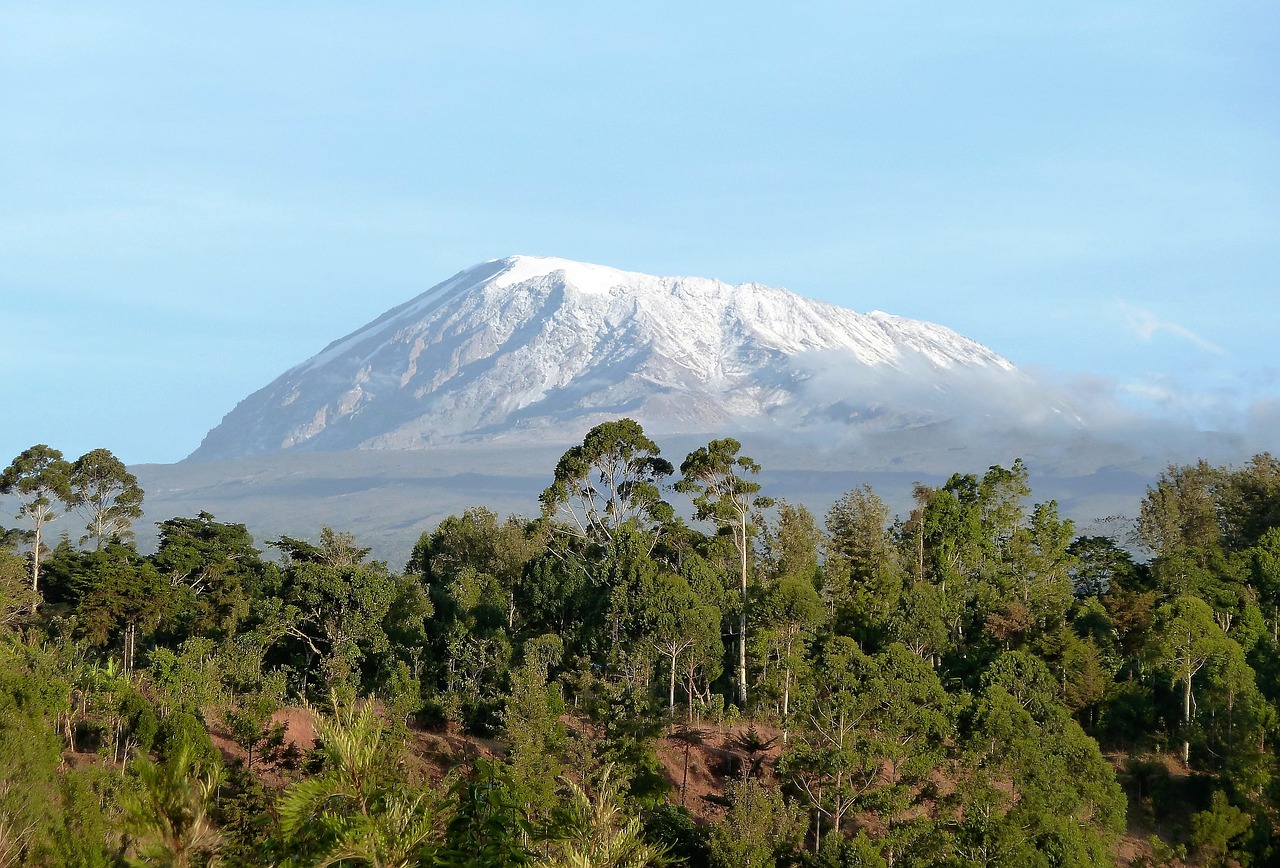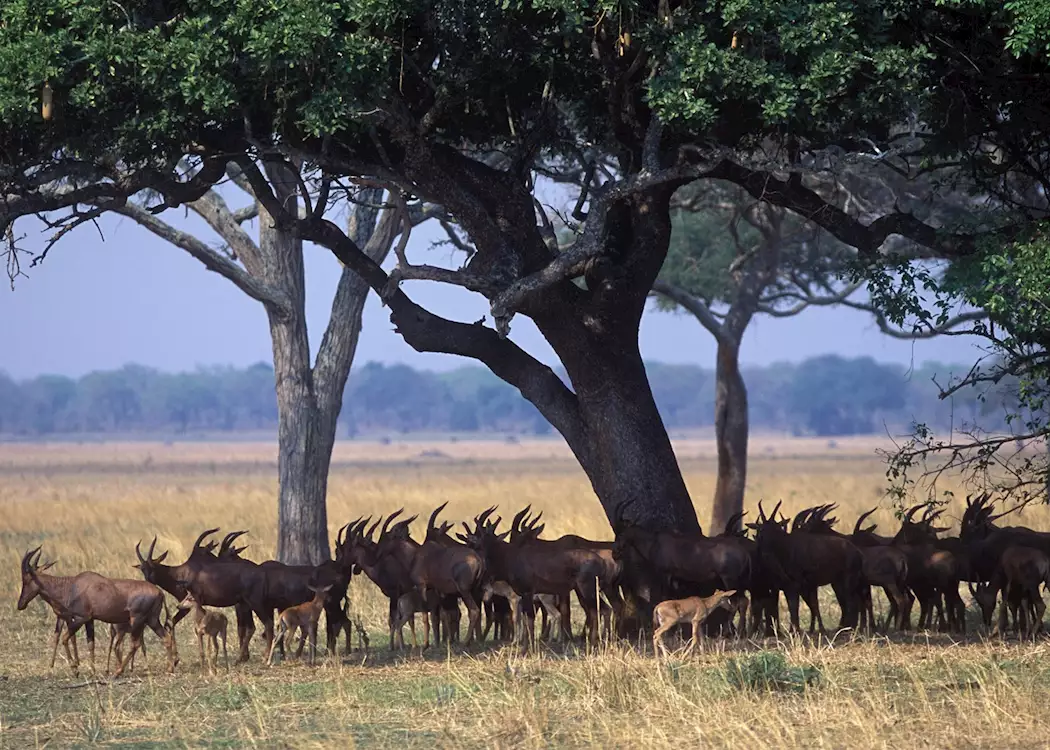Destination Overview
Popular: Early Hominid Fossils (Human Evolution); Crater Rim.
Size: 8,292 km²
Climate: Subtropical; Part of Serengeti Ecosystem
Accessibility: By road and Air.
Activities: Game Drives, Walking Safaris, Filming and Photographic tourism, bird watching and Cultural Tours.
Ngorongoro Conservation Area is famously known as the Garden of Eden due to its stupendous natural beauty. Ngorongoro crater is the largest unbroken caldera in the world and a home for more than 25,000 wildlife including the endangered black rhino and wild hunting dogs. Other animals found in Ngorongoro includes; lions, leopard, zebras, wildebeests and more than 500 bird species.
Ngorongoro crater is listed as one of world heritage sites by UNESCO. It was established in 1959 as a multiple land use as it is one and the only place where wild animals and man co-exist. Ngorongoro is a home for these wild animals as well as the Maasai nomads.
The area has been exposed to numerous archaeological studies for more than 80 years. Olduvai Gorge found in Ngorongoro is where the skull of the earliest hominid aging more than 3.6 million years is believed to have been found by Dr. Louis and Mary Leakey.







